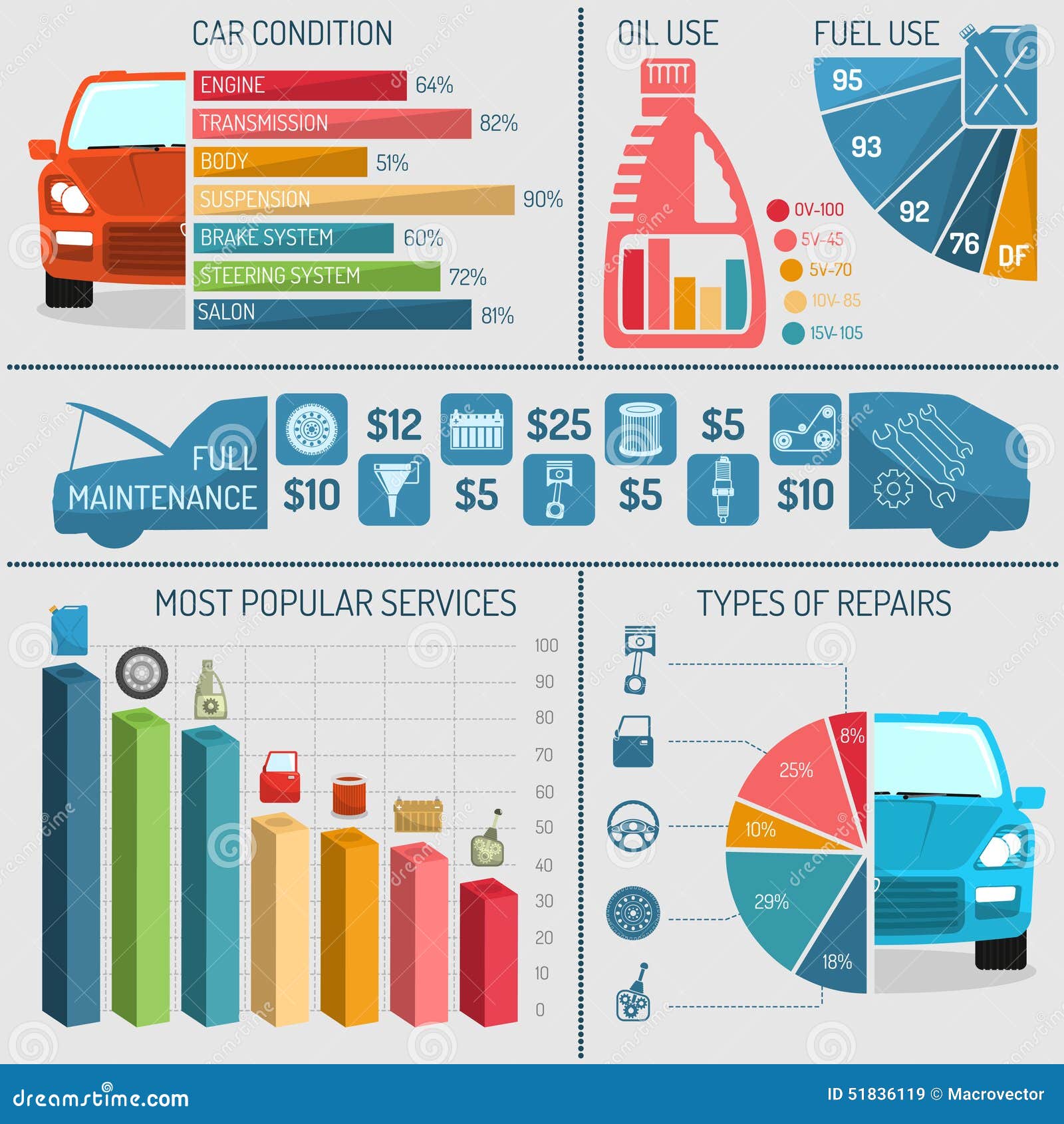Recognizing Your Auto'S Warning Lighting: What Do They Truly Mean?
Recognizing Your Auto'S Warning Lighting: What Do They Truly Mean?
Blog Article
Writer-Samuelsen Corbett
When you're behind the wheel, those glowing warning lights on your dashboard can be a little bit complicated. Do you understand what they're attempting to tell you about your auto's health? Understanding the importance of these lights is crucial for your security and the durability of your lorry. So, the next time among those lights turns up, wouldn't you intend to understand its message properly and take the required actions to address it?
Common Caution Lighting and Interpretations
Determine typical warning lights in your auto and recognize their definitions to ensure risk-free driving.
One of the most common warning lights consist of the check engine light, which signals issues with the engine or exhausts system. If this light comes on, it's crucial to have your vehicle examined without delay.
The oil stress alerting light indicates low oil pressure, requiring immediate focus to stop engine damage.
A flashing battery light might suggest a faulty billing system, possibly leaving you stranded otherwise resolved.
The tire pressure surveillance system (TPMS) light informs you to low tire stress, impacting vehicle stability and fuel effectiveness. Disregarding this can cause risky driving problems.
The abdominal muscle light shows an issue with the anti-lock braking system, jeopardizing your ability to stop swiftly in emergencies.
Finally, the coolant temperature advising light warns of engine getting too hot, which can lead to serious damage otherwise fixed swiftly.
Understanding these typical warning lights will certainly assist you address concerns promptly and preserve safe driving conditions.
Value of Prompt Interest
Recognizing the common caution lights in your cars and truck is just the very first step; the importance of immediately attending to these warnings can't be highlighted enough to guarantee your safety and security when traveling.
When a warning light illuminates on your dashboard, it's your cars and truck's way of communicating a prospective concern that requires attention. Disregarding these warnings can lead to extra extreme problems later on, endangering your safety and security and potentially costing you a lot more out of commission.
Trigger interest to advising lights can stop breakdowns and mishaps. For example, a flashing check engine light could show a misfire that, if left unattended, could create damages to the catalytic converter. Addressing this without delay can save you from a pricey repair work.
Likewise, car wash car wash alerting light might signal low brake liquid or worn brake pads, crucial components for your security when driving.
DIY Troubleshooting Tips
If you discover a warning light on your dashboard, there are a couple of do it yourself troubleshooting ideas you can attempt prior to looking for professional assistance.
The initial step is to consult your automobile's handbook to understand what the specific caution light indicates. Often the problem can be as easy as a loose gas cap triggering the check engine light. Tightening up the gas cap might deal with the issue.
An additional common issue is a reduced battery, which can set off various alerting lights. Examining https://milogzsld.dsiblogger.com/64116789/discovering-regional-excellence-a-trip-to-high-quality-automobile-repair-service-shops-near-you for rust and ensuring they're safe and secure may repair the issue.
If a caution light lingers, you can try resetting it by disconnecting the automobile's battery for a couple of minutes and after that reconnecting it. In navigate to this site , examining your automobile's fluid levels, such as oil, coolant, and brake liquid, can aid fix cautioning lights associated with these systems.
Final thought
In conclusion, understanding your vehicle's warning lights is important for maintaining your automobile running efficiently and safely. By promptly dealing with these signals and recognizing what they indicate, you can prevent pricey repair services and prospective failures.
Remember to consult your automobile's guidebook for specific details on each cautioning light and take action accordingly to guarantee a hassle-free driving experience.
Remain notified, remain risk-free on the road!
